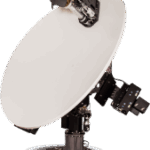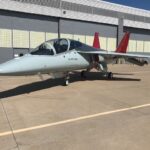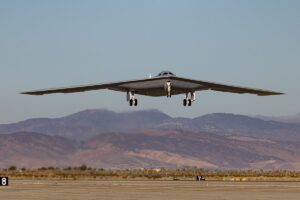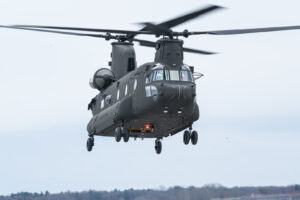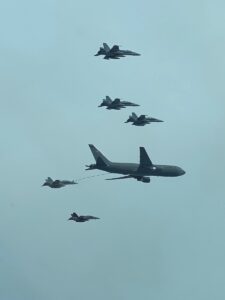
Boeing’s [BA] losses narrowed in the first quarter despite lower sales which were down on fewer commercial aircraft deliveries, but overall solid results in the company’s defense and services segments helped offset some of the commercial woes. The defense business did suffer somewhat on continued charges on programs with fixed-price development contracts, this time $122 million for the Air Force’s KC-46 aerial refueling tanker and $94 million for the service’s T-7 jet trainer. The T-7 completed climate lab testing in…

 By
By 

